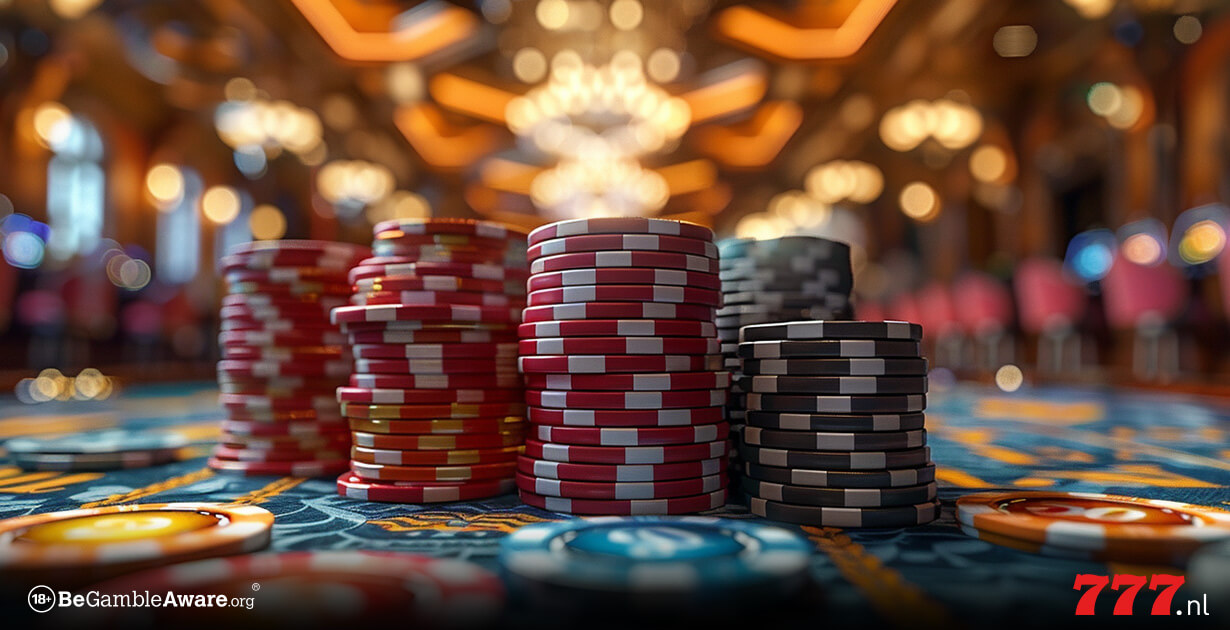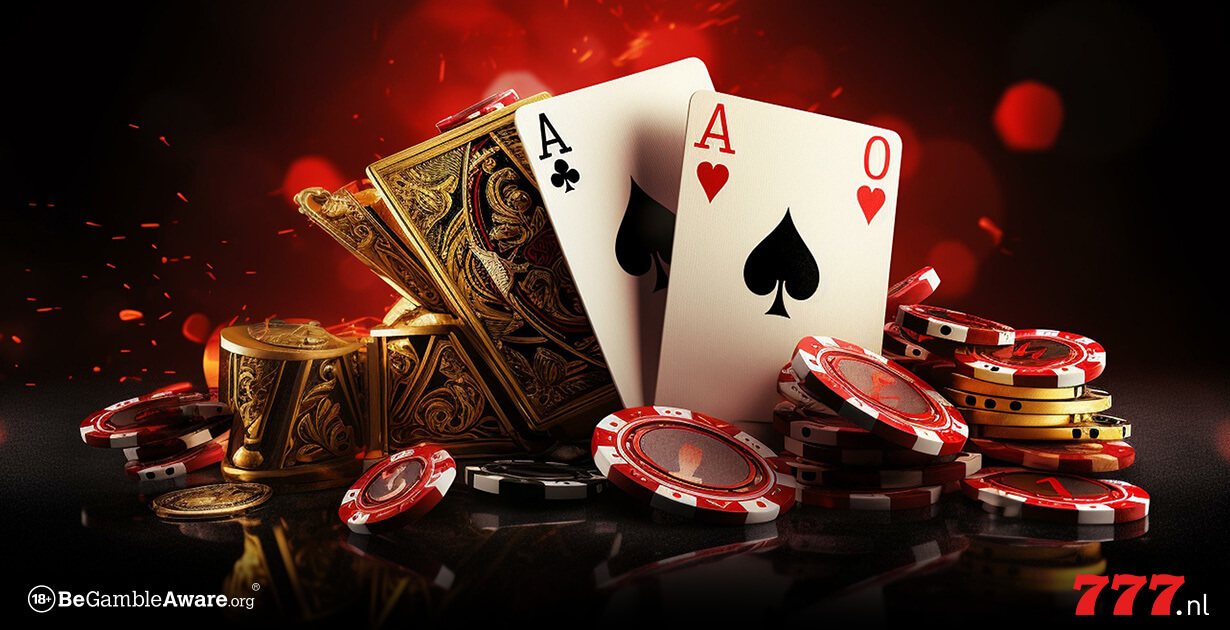Bankroll management is a fundamental aspect of successful poker playing. Understanding and carefully managing your bankroll not only determines how long you stay in the game, but also how effectively you can grow as a poker player. This guide provides an in-depth look at what a bankroll is, how to determine the right size of your bankroll, and offers practical tips for managing your money while playing.
What is a Bankroll?
Simply put, your bankroll is the money you have set aside exclusively for poker. This is not the money you use for daily expenses such as bills, groceries, or hobbies. It is crucial that you consider your bankroll an investment in your poker game, enabling you to play and withstand potential downswings without jeopardizing your financial stability.
The Right Size of a Bankroll
A common question is: “How big should my bankroll be?” While there is no one-size-fits-all answer, the general rule is that your bankroll should be large enough to absorb significant fluctuations and enable you to continue playing at your desired stake levels, even during a losing streak. For cash games, many experts recommend having at least 20 to 30 times the maximum buy-in of the level you are playing at. For example, if you play €2/€4 No-Limit with a maximum buy-in of €400, you should have a bankroll of about €8,000 to €12,000.
Bankroll Management in Practice
Bankroll management is not only about the money you can bet, but also about how you manage this money. A crucial skill is recognizing when to stop or when you can continue playing. This requires discipline. You must be willing to leave the table when you reach a predetermined loss limit, no matter how tempting it may be to continue playing.
When is Your Bankroll Too Large or Too Small?
Your bankroll can be too small if you constantly fear playing at the level you have chosen because you are afraid of losing money. On the other hand, a too large bankroll can lead to overconfidence and taking unnecessary risks. It is important to find a balance that suits your playing style and financial goals.
Adjusting Your Bankroll After a Big Win
A big win can be a perfect moment to review your bankroll strategy. While it may be tempting to move up to higher stakes, it is important to remain disciplined and rational. Consider setting aside part of your winnings as a reserve for future game variations or as protection against unforeseen losses. Before you decide to move up to larger games, make sure you have accumulated enough experience and skills to remain competitive at the higher level. Moreover, it may be wise to invest part of your winnings in your personal development, such as taking advanced poker courses or getting coaching, which can ultimately improve your game and increase your chances of winning. By carefully managing your winnings, you maximize the long-term benefits and protect your bankroll.
Coping with Heavy Losses: Recovering Your Bankroll
After a significant loss, managing your bankroll can seem daunting. It is crucial to approach this situation with calm and strategic thinking. First and foremost, take a break from the game to stabilise your emotions and prevent yourself from chasing your losses. Analyse your play sessions to determine if bad luck, poor decisions, or perhaps a combination of both contributed to the loss. Adjust your strategy if necessary and consider lowering your stake levels to play within a more comfortable and less risky bankroll. This helps stabilise your bankroll and gradually rebuild it without taking further significant financial risks. Remind yourself that poker is a long-term game and that consistency and patience are key components for recovery.
Bankroll Management and Regulation
In the Netherlands, there are specific rules and regulations that can affect how you manage your bankroll, especially regarding taxes and the reporting of winnings. It is wise to be aware of these rules and how they apply to your wins and losses in poker.
Conclusion
Good bankroll management is crucial for a long and successful poker journey. It enables you to play with strategic insight and confidence while minimising your financial risks. Effective management of your bankroll helps you withstand the inevitable ups and downs of the game without jeopardising your personal finances. Remember that poker is not only a game of skill but also a comprehensive management game of your finances. By wisely managing your playing funds, you not only increase your chances of short-term success but also lay the groundwork for sustained profitability in the long term.
A solid bankroll management strategy allows you to make better decisions at the poker table, free from the stress of potential financial setbacks. It also helps you maintain the appropriate level of stakes.
Frequently Asked Questions about Bankroll Management in Poker
What is a bankroll in poker?
A bankroll is the total amount of money a player reserves exclusively for poker. This money is not used for personal expenses such as rent, groceries, or other hobbies. It is crucial that players see this as their playing capital that helps them stay in the game, even during periods of loss.
How big should my bankroll be?
The size of your bankroll depends on the games you play and your comfort level with risk. A general rule for cash games is to have a bankroll that is at least 20 to 30 times the buy-in of the level you are playing. For example, if you play €2/€4 No-Limit with a maximum buy-in of €400, you should ideally have a bankroll of between €8,000 and €12,000.
Should I adjust my bankroll after a big win?
Yes, it is wise to review your bankroll after a significant win. This can be a good opportunity to set aside some winnings for future games or to invest in your poker education. It may also be wise to move up to higher stakes if you are consistently winning and your skills have improved, but do this gradually and with care.




